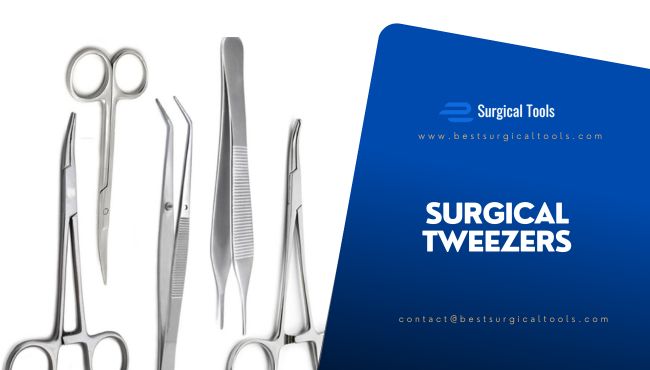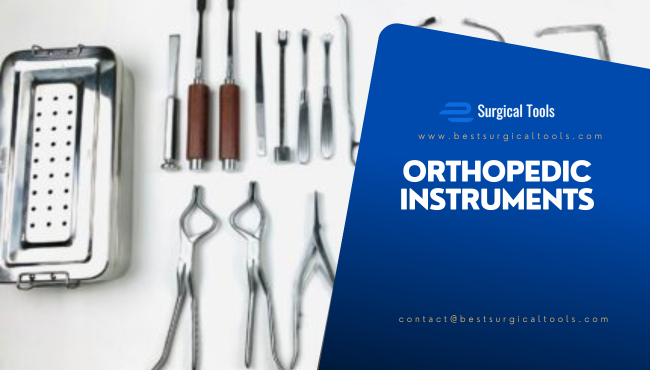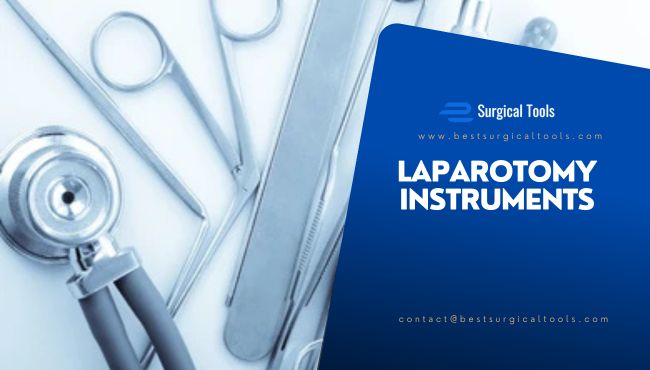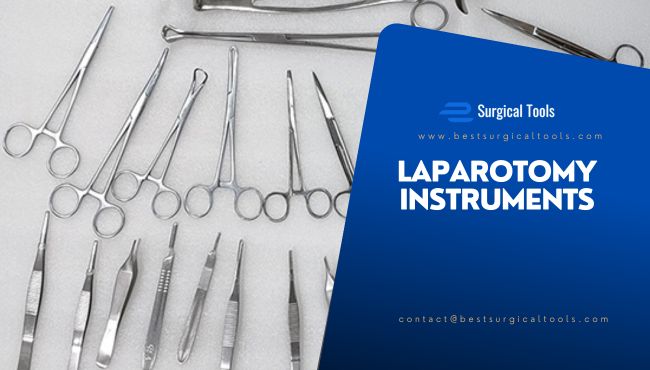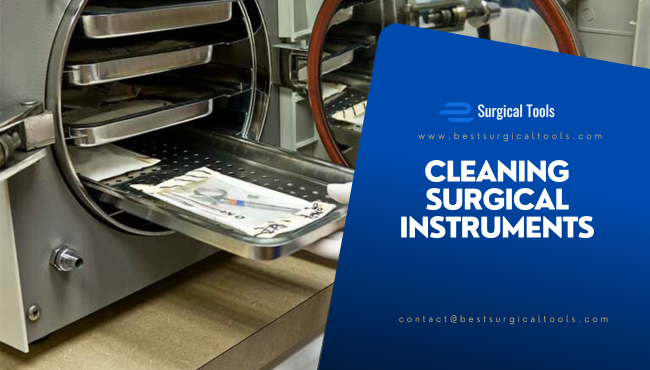
Cleaning Surgical Instruments Safely and Effectively
Cleaning surgical instruments is just as big a deal as knowing how to wield them properly. If you don’t clean and sterilize them right, these tools can turn into a playground for bacteria, viruses, and all kinds of gross critters that could trigger some nasty infections. Whether you’re hustling in a packed hospital, chilling in a little clinic, or keeping things rolling in a busy surgical center, getting this down is non-negotiable for keeping patients safe and your equipment in tip-top shape. Let’s dig into the real deal of cleaning surgical instruments the safe and smart way—starting with the basics, walking through the how-to, and even checking out some slick new trends showing up lately. CDC has also published guidelines on sterilization.

Surgical Instruments - Check out our range for your practice.
Understanding the Basics of Cleaning Surgical Instruments
Before you can sterilize surgical instruments, they need a good scrub-down. Skip this step, and you’re asking for trouble—think biofilm buildup that hides bacteria and ups the risk of infections at the surgical site. Plus, leftover gunk like blood or tissue can mess up your tools, leading to rust or damage over time. Here’s what you’re up against: blood, tissue bits, fats, even bone fragments—all stuff that needs to go. Different tools, like scalpels or delicate microsurgical gear, need their own cleaning approach to stay in top shape. You can also look for AORN guidelines on cleaning.
Step-by-Step Process for Cleaning Surgical Instruments
1. Pre-Cleaning and Immediate Rinsing
The moment surgery’s done, don’t let those instruments sit around. Rinse them with cold or lukewarm water—hot water can make proteins stick like glue. Pop them in an enzymatic solution to break down the mess, keeping them moist until you can clean them properly.
2. Manual Cleaning Techniques
When it comes to delicate or fiddly tools, you just can’t beat going hands-on. Grab a soft brush and some neutral pH detergent, then gently scrub off any debris—pay extra attention to those sneaky spots like hinges or edges. Take it easy while you’re at it to keep scratches or bends at bay.
3. Ultrasonic Cleaning
For a deeper clean, ultrasonic cleaners are a game-changer. They use sound waves to blast off tiny particles from hard-to-reach spots. Just don’t cram too many instruments in there—give them space to get the job done right.
4. Automated Washer-Disinfectors
In busy settings, these machines are a lifesaver. They blast instruments with hot water and detergent, cutting down on manual work while keeping things consistent. Stick to the right settings to avoid damaging fragile tools.

Drying and Inspection of Surgical Instruments
Once cleaned, drying is a must—wet instruments can rust or grow bacteria. Use an air dryer, not a towel, to keep things germ-free. Then, check each one closely for leftover gunk, rust, or loose parts. If something’s off, clean it again or swap it out.
Sterilization After Cleaning: The Next Step
Cleaning surgical instruments is your starting line, but sterilization is what finishes the job, blasting away every single germ. For most tools, steam autoclaves are the top pick—fast, affordable, and super effective at 121-134°C. If you’ve got heat-sensitive stuff, ethylene oxide gas steps in, though it’s a bit of a slowpoke. Once done, pack them up snug in sterile pouches and stash them somewhere dry and clean so they’re good to go when you need them.
Common Mistakes in Cleaning Surgical Instruments and How to Avoid Them
Mistakes happen, but they can mess up the whole process. Using bleach or skipping pre-cleaning can ruin your tools or leave debris behind. Overloading ultrasonic cleaners or ignoring manufacturer tips can cut corners that hurt later. Stick to the right cleaners, rinse right away, and follow the rules to keep everything on track.
Best Practices for Ensuring Safe and Effective Instrument Cleaning
Train your team well—show them the ropes with hands-on demos. Keep your cleaning gear in tip-top shape with regular maintenance. Follow hospital rules and keep detailed logs of every cleaning and sterilization round. It’s all about staying safe and accountable.
Future Trends in Surgical Instrument Cleaning
Tech’s shaking things up. AI can now spot leftover dirt in real-time, while eco-friendly cleaners cut down on waste. Disposable tools are popping up to skip cleaning hassles, and smart tracking with RFID keeps tabs on every step. The future of cleaning surgical instruments is all about smarter, greener, and safer.
Final Thoughts
Cleaning surgical instruments isn’t just a chore—it’s a lifeline for patient safety. Get it right with solid training, the best tools, and a sharp eye on new tech. Want more on the latest cleaners or tracking systems? Let me know!

Surgical Instruments - Browse our premium range for your next procedure.
Frequently Asked Questions
How Often Should Surgical Instruments Be Cleaned?
Surgical instruments should be cleaned immediately after each use. Delaying the process can allow blood, tissue, and other debris to harden, making it tougher to remove and increasing the risk of contamination.
What’s the Difference Between Cleaning, Disinfection, and Sterilization?
Cleaning removes visible dirt and debris with water and detergent. Disinfection kills most germs (but not all spores) using chemicals or heat. Sterilization wipes out all microbial life, including spores, with methods like steam or gas.
Why Is Pre-Cleaning Surgical Instruments So Important?
Pre-cleaning prevents blood and tissue from drying on instruments, which can lead to biofilm formation. This makes them easier to clean thoroughly later and ensures sterilization works properly.
Can I Use Hot Water to Rinse Surgical Instruments?
No, hot water can cause proteins in blood or tissue to coagulate and stick to the instruments. Stick to cold or lukewarm water for the initial rinse to keep debris loose.
What Cleaning Solutions Are Safe for Surgical Instruments?
Use neutral pH or enzymatic detergents designed for medical tools. Harsh chemicals like bleach or hydrogen peroxide can corrode stainless steel and damage instruments over time.
How Does Ultrasonic Cleaning Work for Surgical Instruments?
Ultrasonic cleaners use high-frequency sound waves to create tiny bubbles that implode, dislodging debris from hard-to-reach spots. It’s perfect for complex or textured instruments.
When Should I Choose Manual Cleaning Over Automated Methods?
Manual cleaning is best for delicate or intricate instruments that need gentle handling or have areas automated machines might miss, like hinges or lumens. It’s often a first step before automated cleaning.
How Can I Tell If Surgical Instruments Are Properly Cleaned?
After cleaning, inspect them visually and under magnification for blood, tissue, rust, or pitting. If anything’s left behind or damaged, they need re-cleaning or repair.
What Happens If Surgical Instruments Aren’t Dried Properly?
Moisture left on instruments can cause rust, staining, or bacterial growth, making them unsafe for use. Always use an air dryer and store them in a dry, clean environment.
Are Disposable Surgical Instruments a Better Option Than Reusable Ones?
Disposable instruments eliminate cleaning risks and save time, but they’re costlier and less eco-friendly. Reusable ones, when cleaned and sterilized properly, are still the standard for most procedures.

